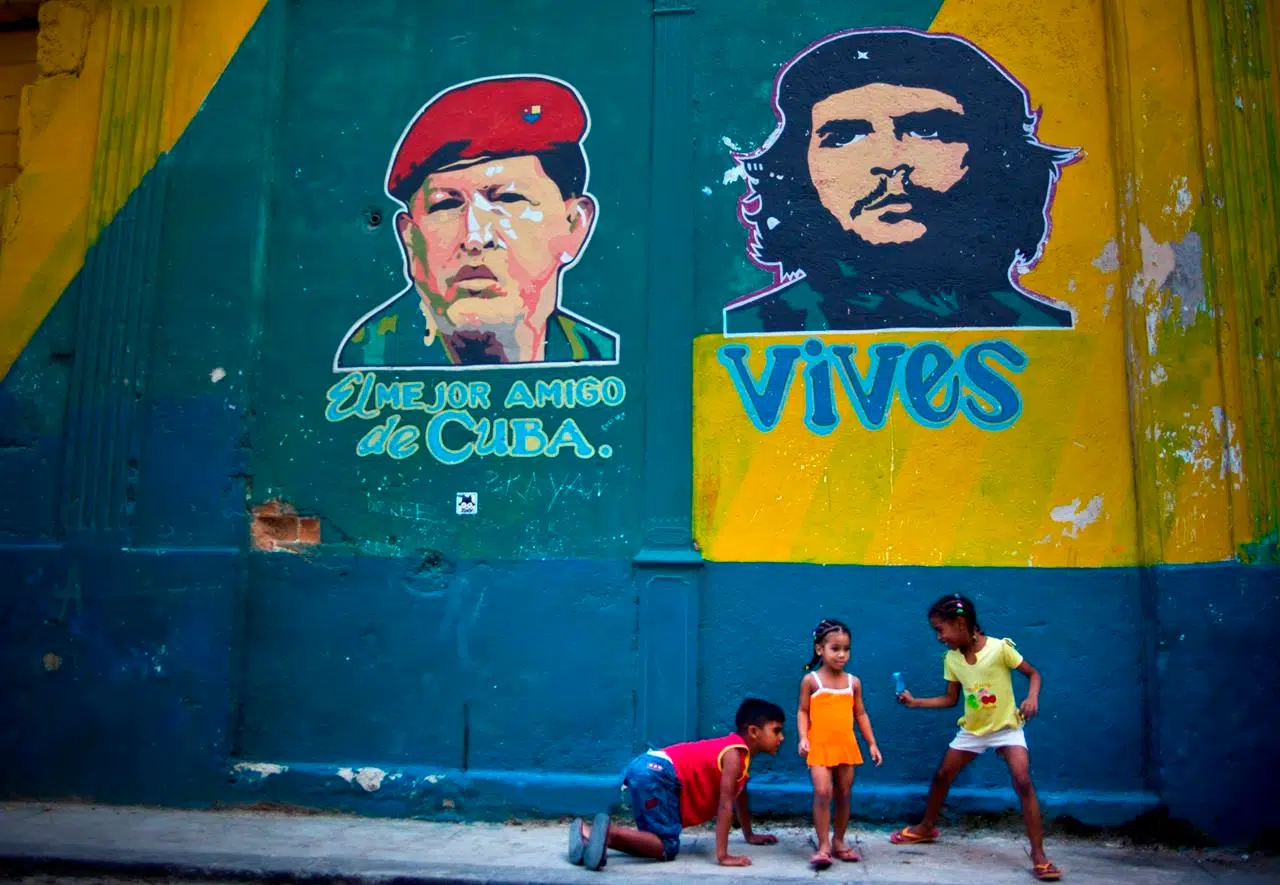
Cuba weathers storm in Venezuela but future looks uncertain
HAVANA — Refineries have gone dark. Gas rations have been slashed for hundreds of thousands of state workers. Construction materials are nearly impossible to find.
But Cuba’s hotels and restaurants are packed, major U.S. airlines are adding flights and government stores are full of frozen American chicken and U.S.-made candy. So far, Cuba is weathering the storm as Venezuela’s economy craters and protesters fill its streets to denounce Cuba’s greatest socialist ally.
A much-feared return to Cuba’s post-Soviet “Special Period” of food shortages and blackouts has yet to materialize as energy conservation and a boom in tourism and overseas remittances cushion the blow of a roughly 50 per cent cut in Venezuelan oil aid worth hundreds of millions of dollars a year. Interminable bus lines and long hunts for products like milk, paint and cement seem manageable by comparison with the hunger and hardship of the early 1990s that followed the drastic loss of Soviet bloc aid and subsidies that had propped up Cuba’s economy for decades.
The boom set off by the re-establishment of diplomatic relations with the U.S. in 2015 shows no signs of slacking: About 285,000 American tourists visited in 2016, up 76 per cent from 2015, and the Cuban government says U.S. visitors increased 125 per cent in January. The number of visitors from all countries topped a record 4 million last year and appears on track to top that in 2017.


